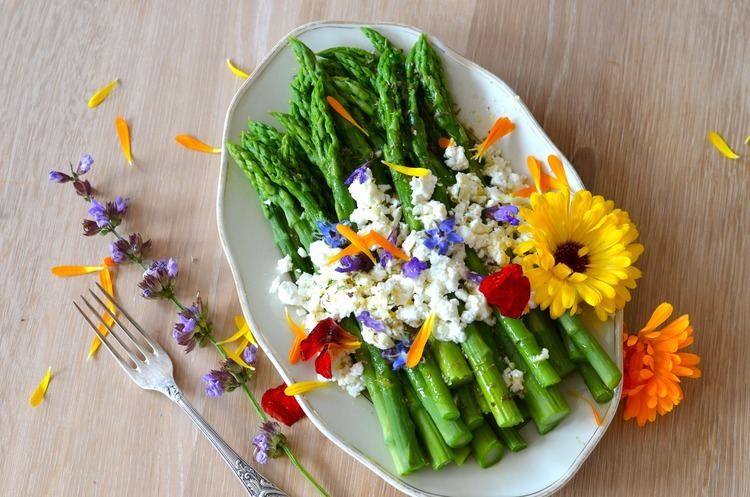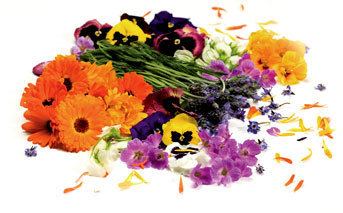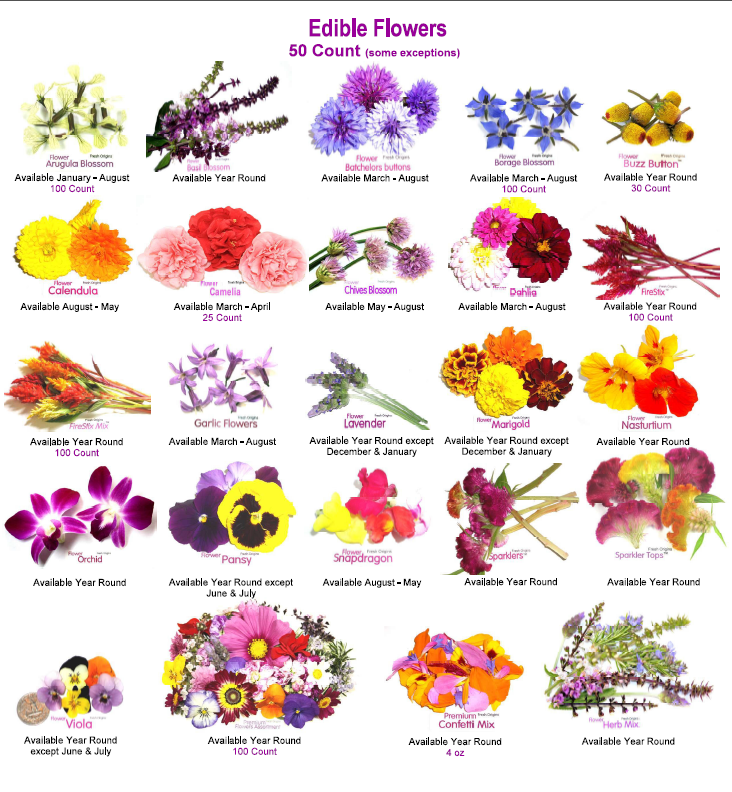 | ||
Similar Cookie Cake Pie, Cake decorating, Borage, Sugar paste, Petal | ||
Growwild how to use real edible flowers to decorate your cakes cupcake jemma
Edible flowers are flowers that can be consumed safely. Flowers are part of many regional cuisines, including Asian, European, and Middle Eastern cuisines.
Contents
- Growwild how to use real edible flowers to decorate your cakes cupcake jemma
- 18 common vegetables that have delicious edible flowers
- Uses
- Risks
- Common edible flowers
- References
18 common vegetables that have delicious edible flowers
Uses
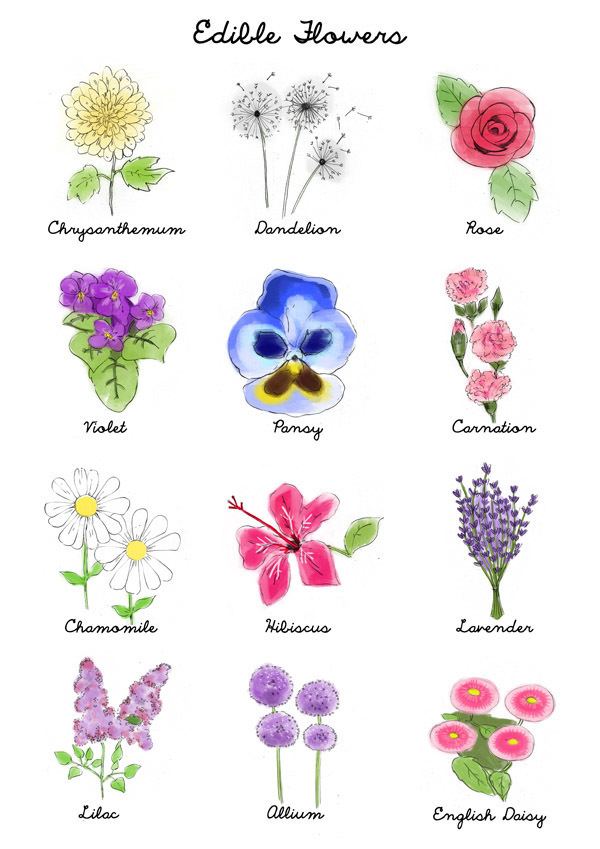
With their powerful and unique flavors, textures and colors, edible flowers have gained popularity as a creative and innovative ingredient for the culinary world. Flowers are added to foods to provide taste, aroma, and color. They can be part of a main dish, a salad, or a dessert. They can be added as a garnish. Flowers can be incorporated into beverages as flavorings, or used to make teas or wines. They are added to spreads such as butter or fruit preserves, and to vinegar, marinades, and dressings. Some are dried and used as medicinal or culinary herbs.
Flowers are also consumed for subsistence. Many flowers that are technically edible can be far from palatable.
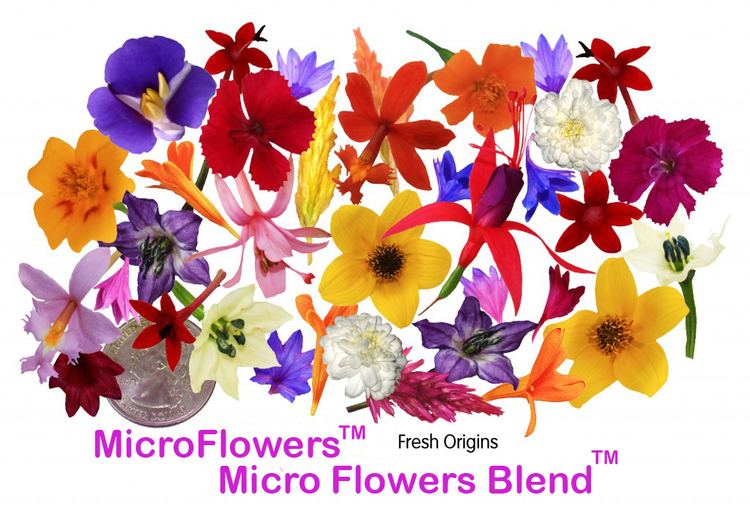
For best flavor, flowers should be fresh and harvested early in the day. Wilted and faded flowers, and the unopened buds of most species, can be distasteful, often bitter. Many flowers can be eaten whole, but some have bitter parts, such as the stamens and stems.
Risks
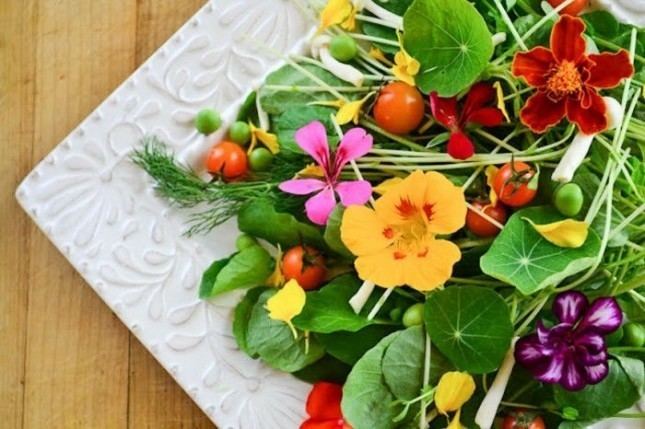
Some flowers are safe to eat only in small amounts. Apple flowers (Malus spp.) contain cyanide precursors and Johnny jump-ups (Viola tricolor) contain saponins. Borage (Borago officinalis) and daylily (Hemerocallis spp.) flowers are diuretics and sweet woodruff (Galium odoratum) can have blood-thinning effects. The flowers of linden trees (Tilia spp.) are reportedly safe in small amounts but heavy consumption can cause heart damage. Marigolds (Tagetes spp.) can be harmful in large amounts, and only certain species have an appealing flavor.
Toxic flowers are easily mistaken for edible varieties, and unrelated safe and unsafe species may share a common name. Various non-toxic plants can cause severe allergies in some people. Flowers commonly carry traces of pesticides and harbor organisms such as insects. Flowers cultivated as ornamental plants for garden use are not intended for use as food.
Common edible flowers
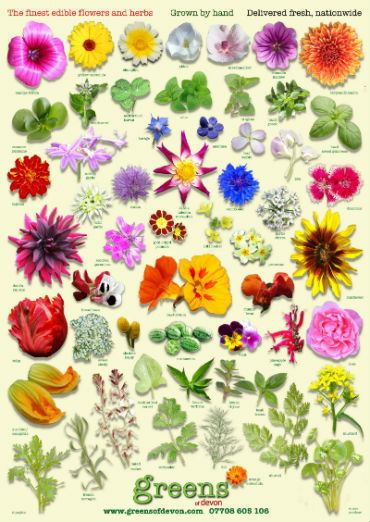
A number of foods are types of flowers or are derived from parts of flowers. The costly spice saffron consists of the stigmas and styles collected from the inside of a type of crocus flower. Broccoli, artichokes, and capers are all technically flower buds, albeit immature forms. Caution: Other parts of the plants than the flowers mentioned in this list may be poisonous.
Flowers reported as edible include:
